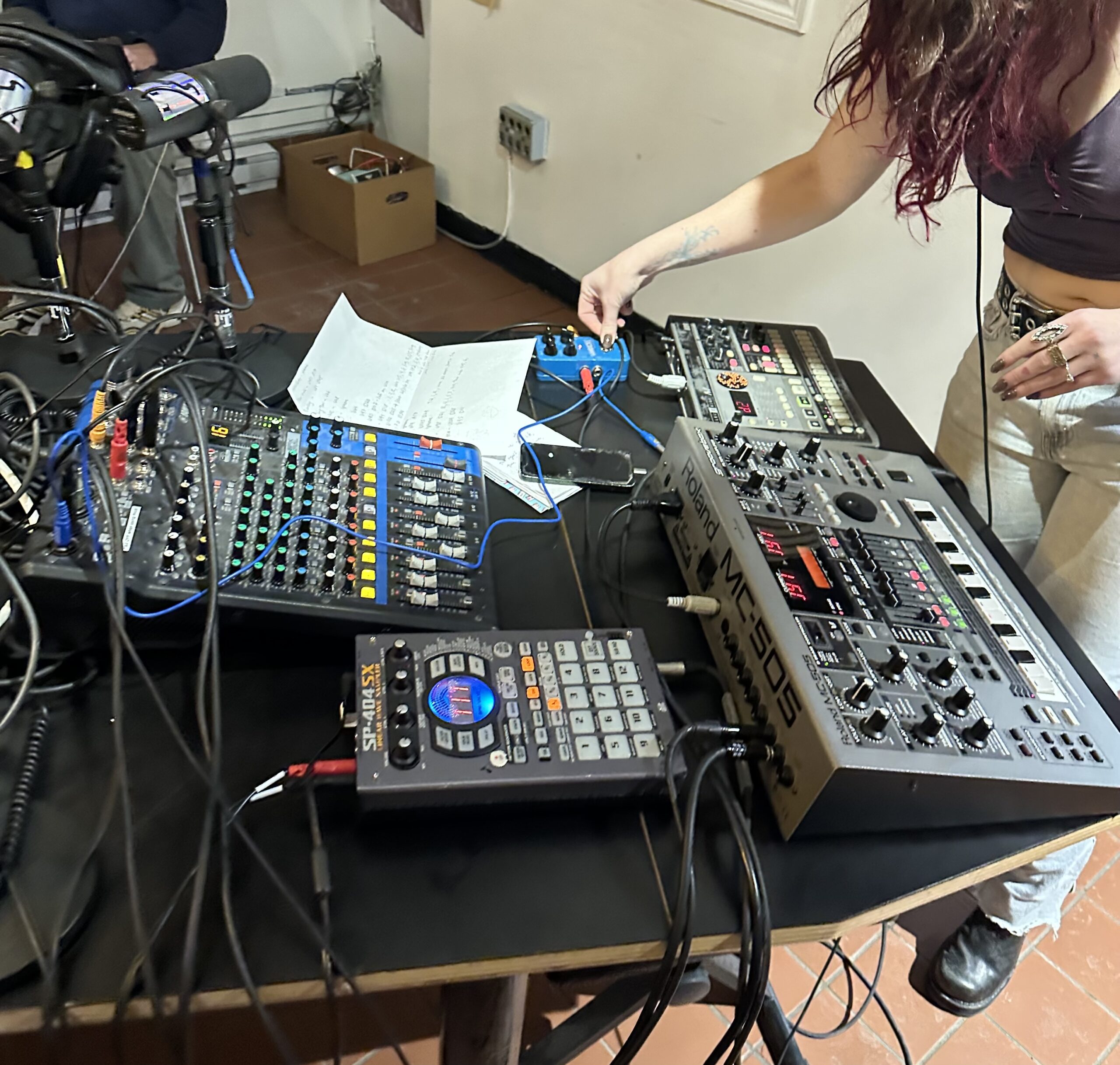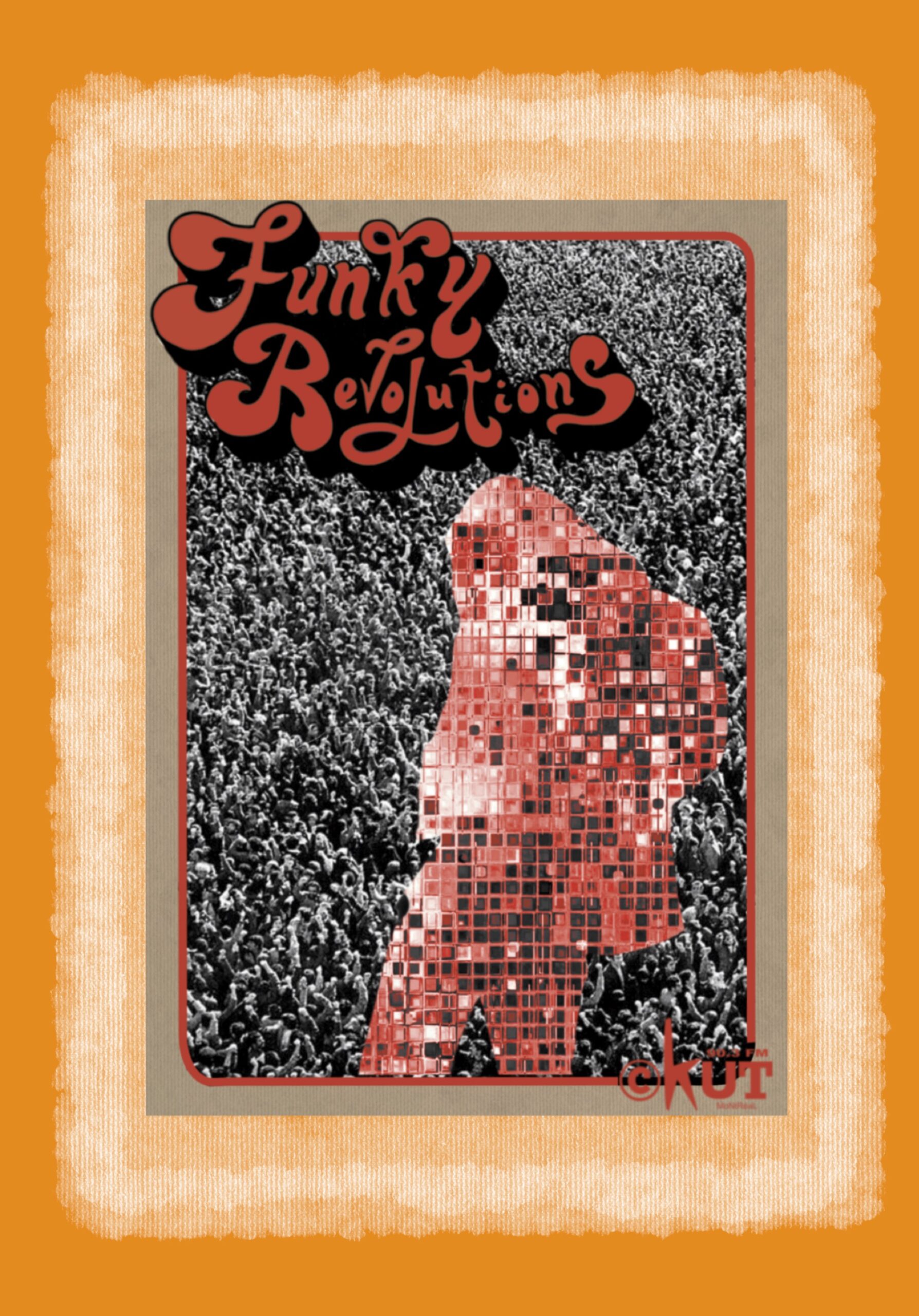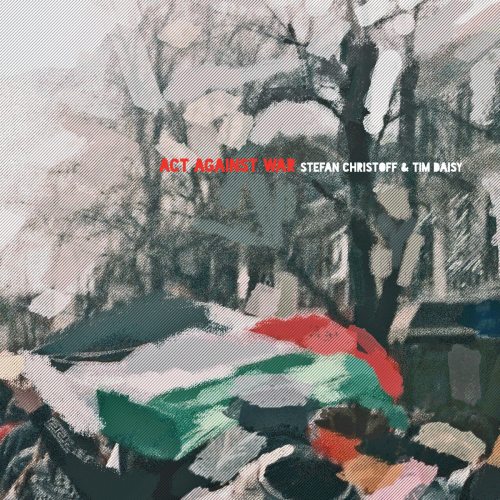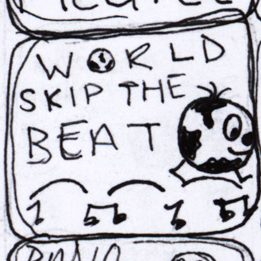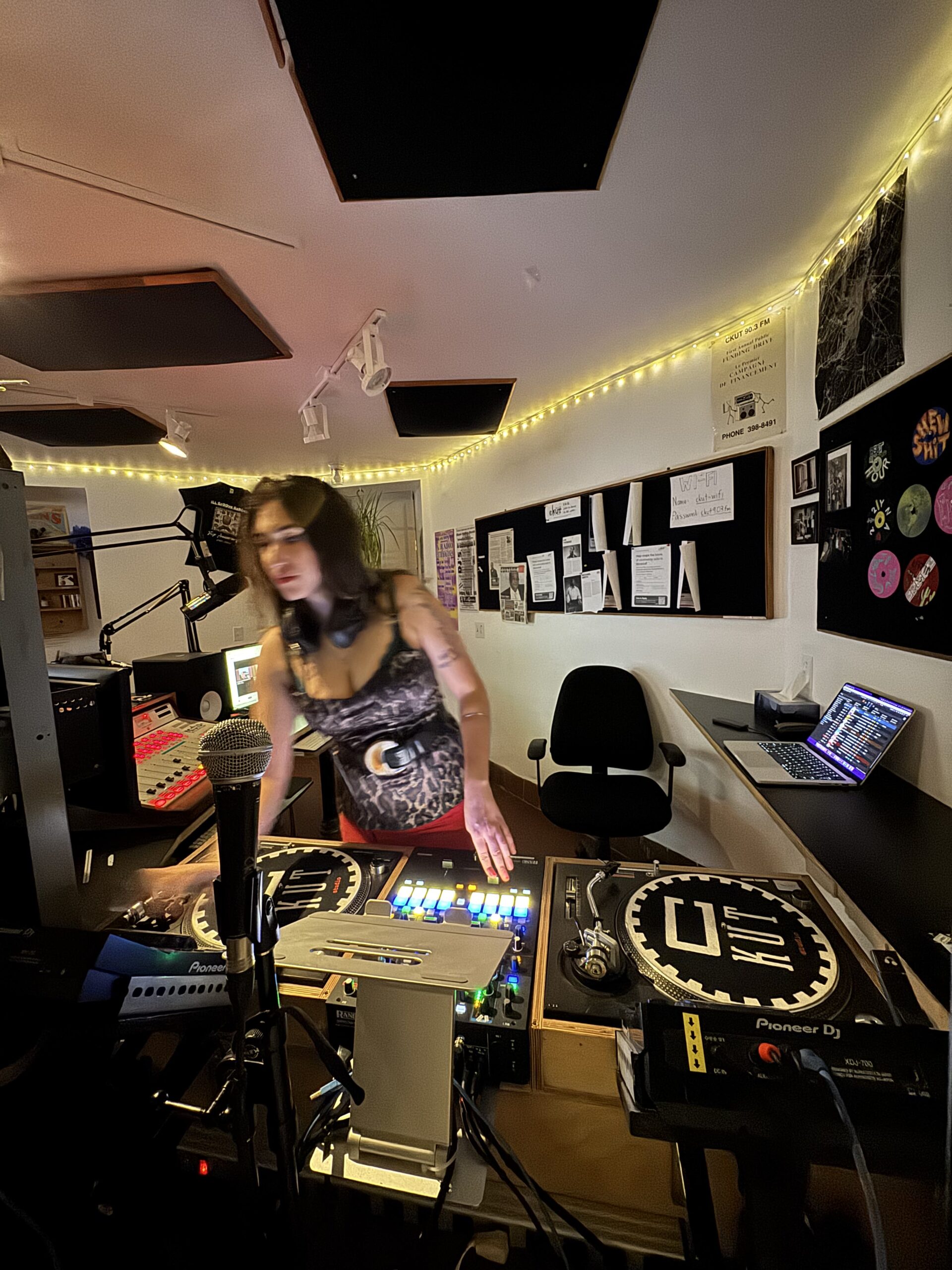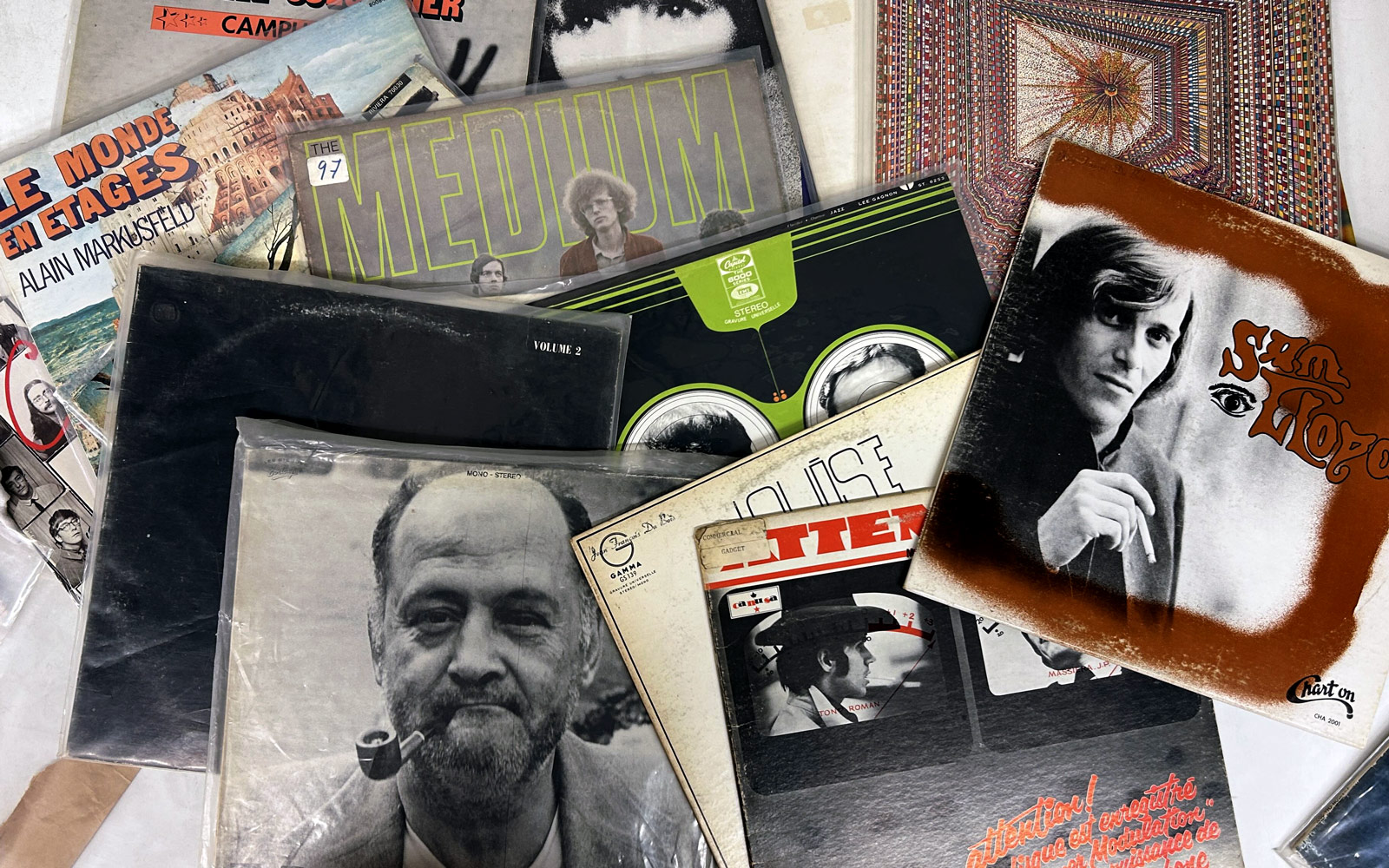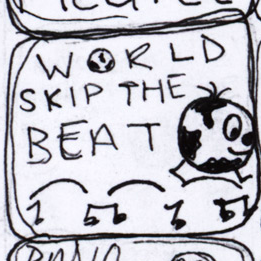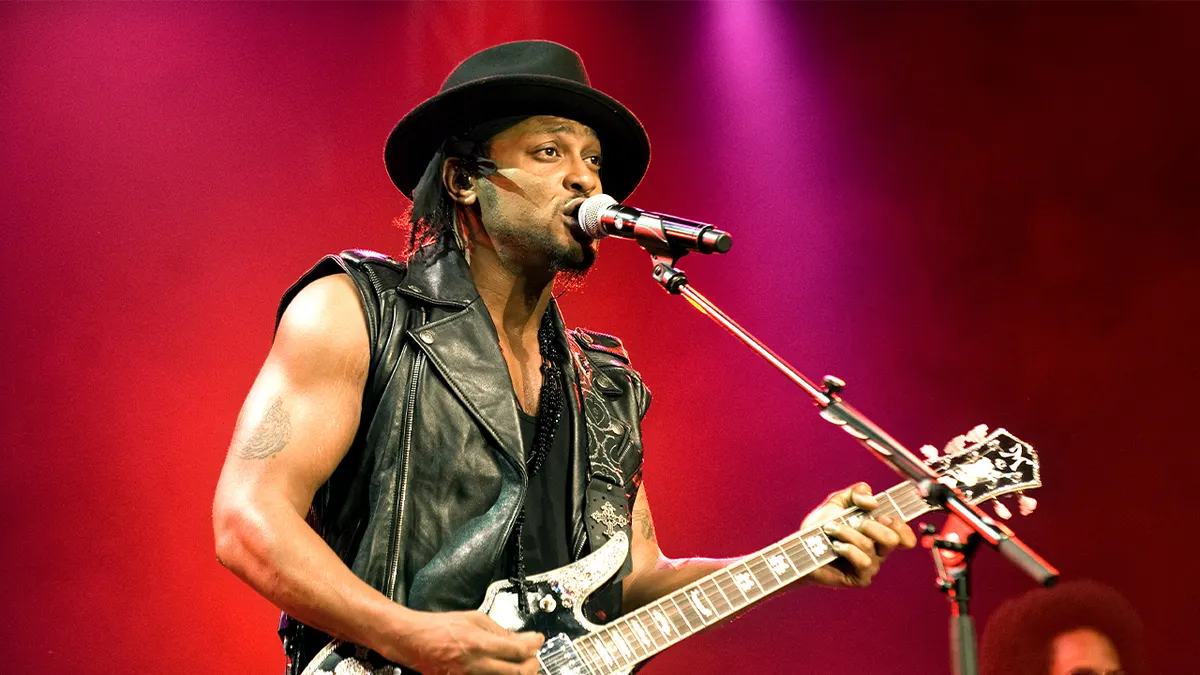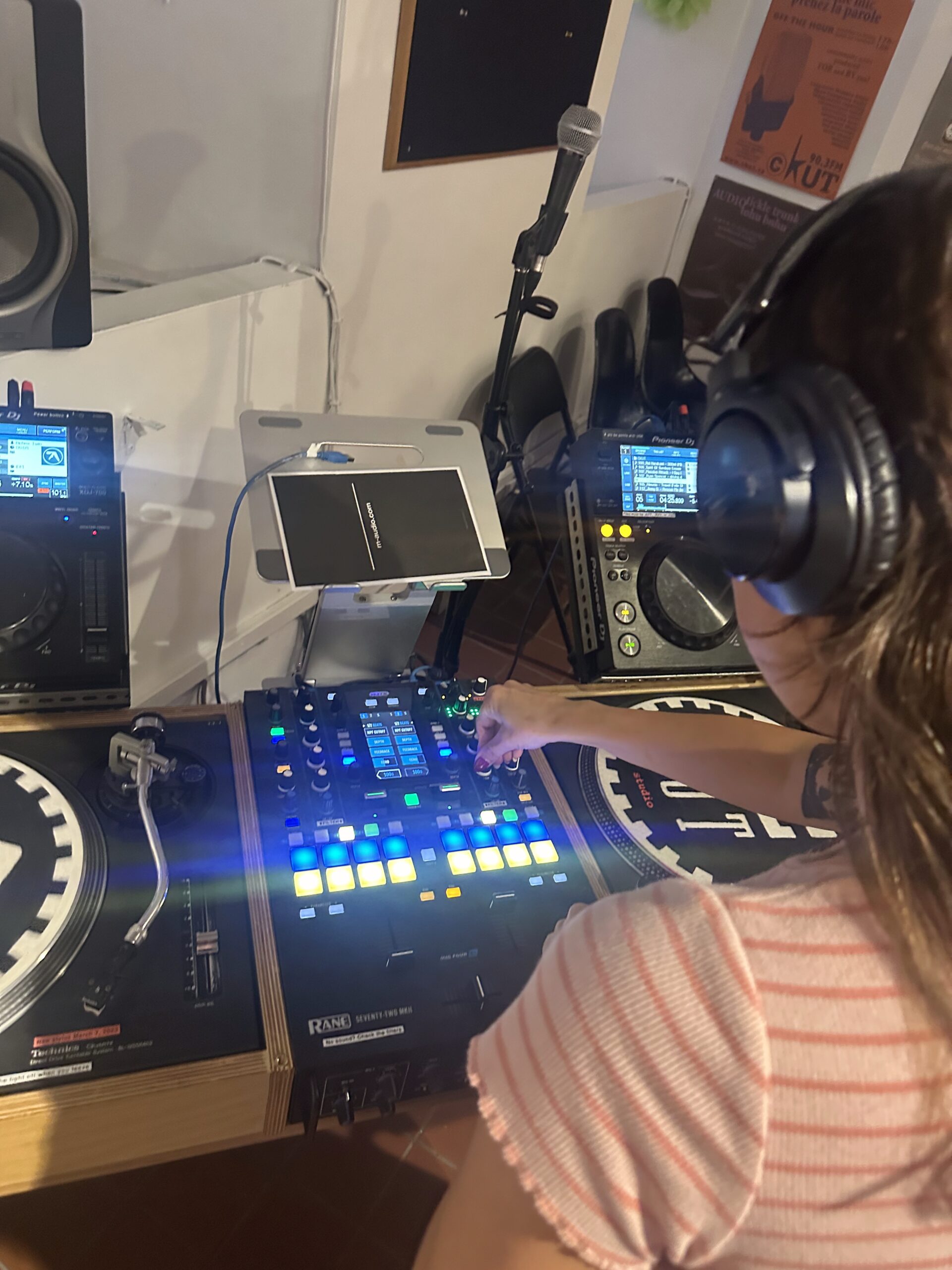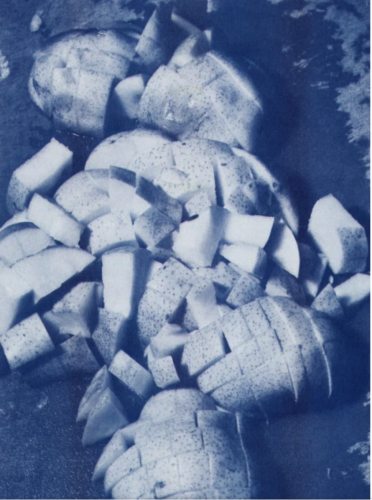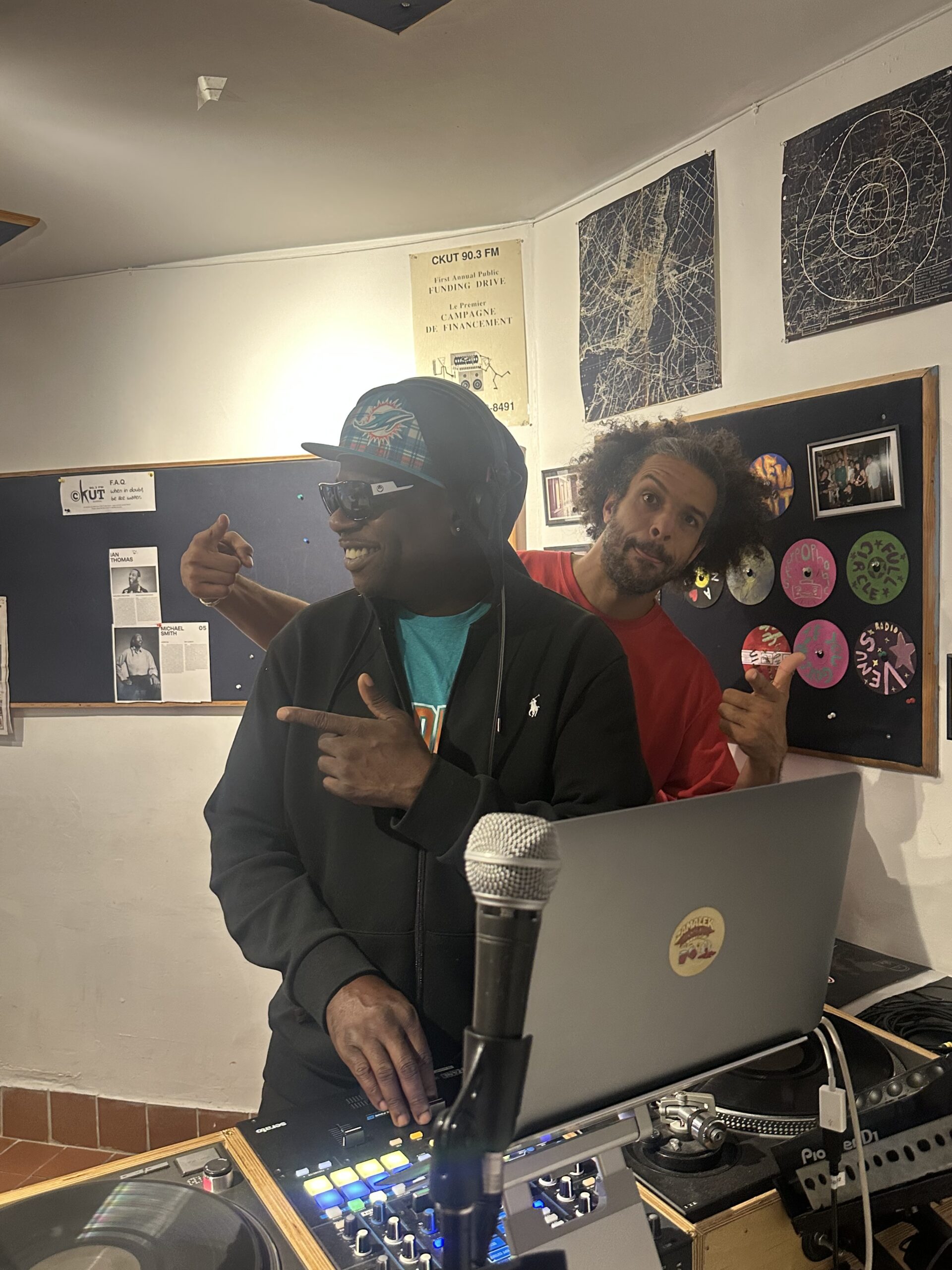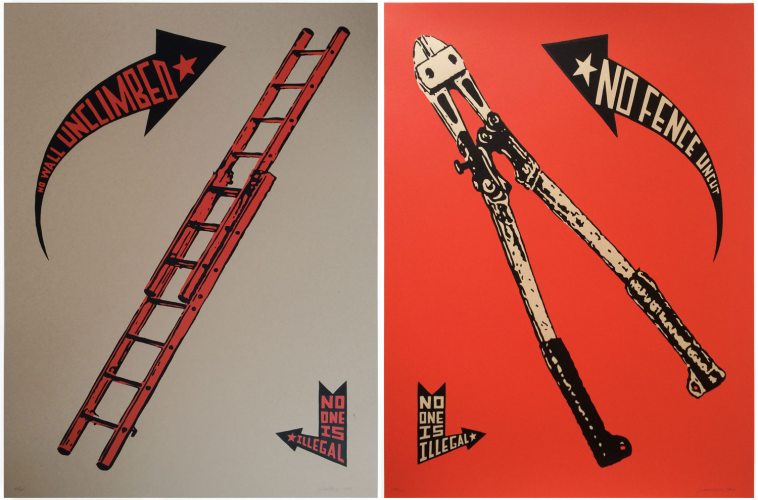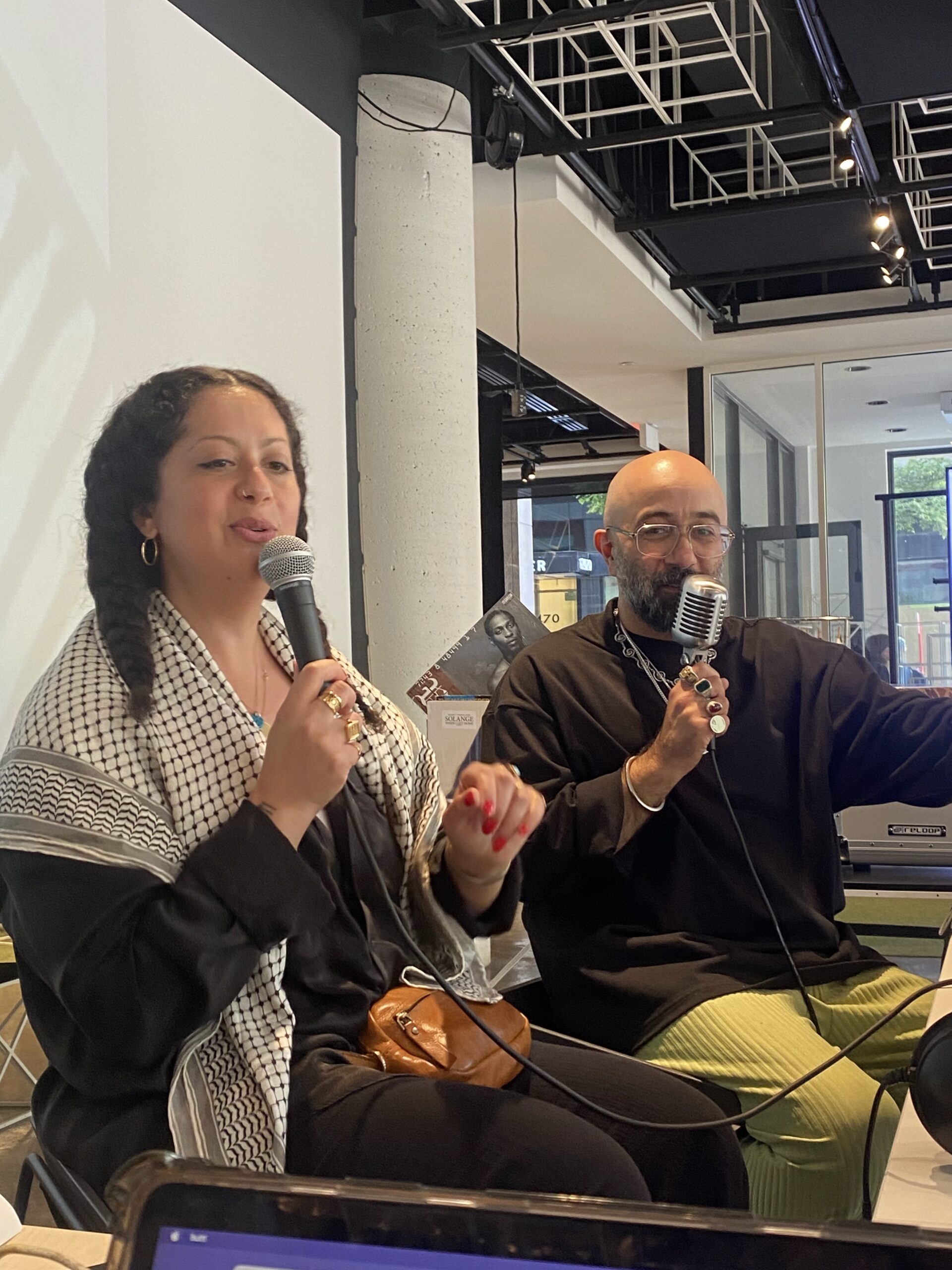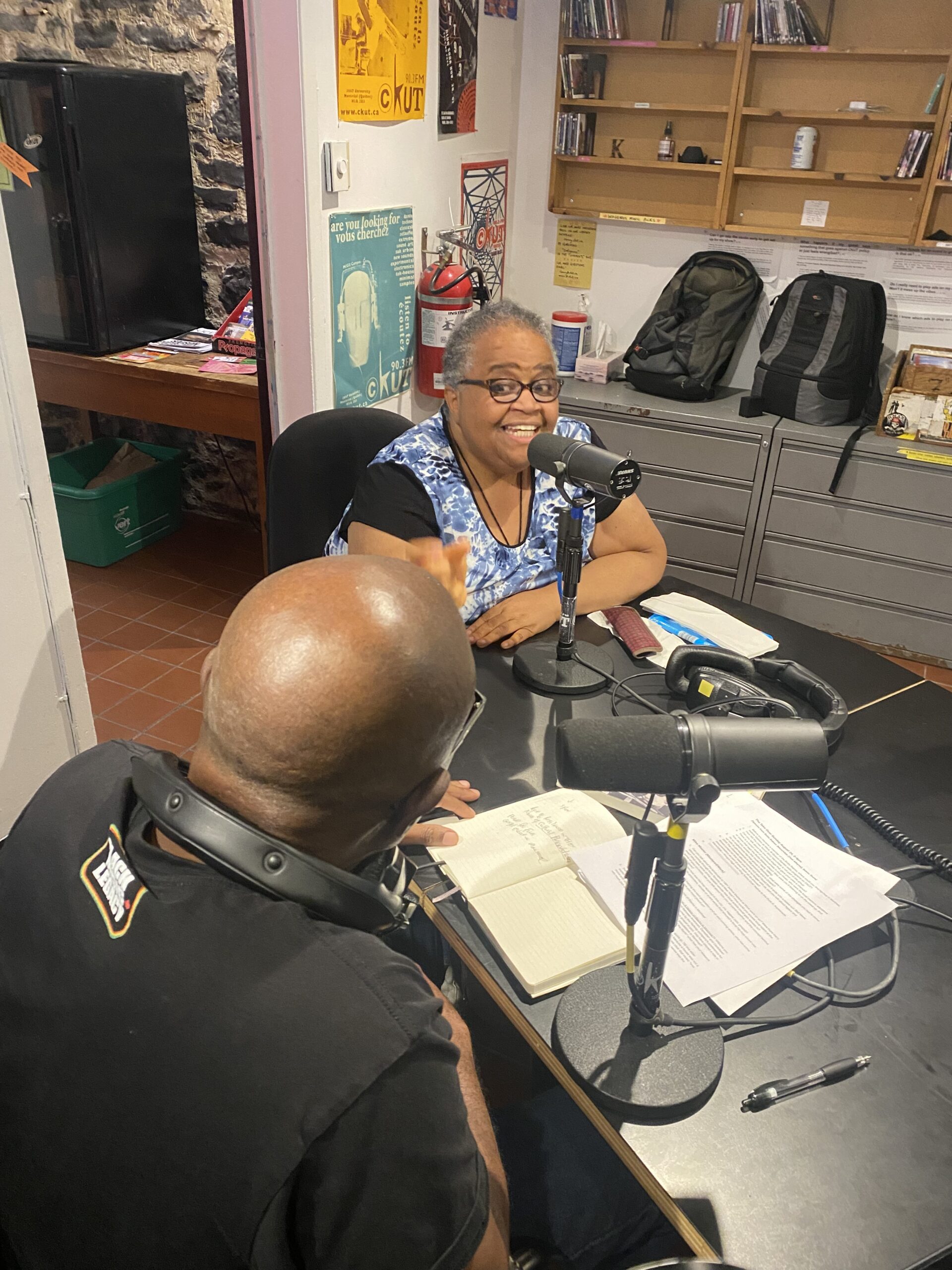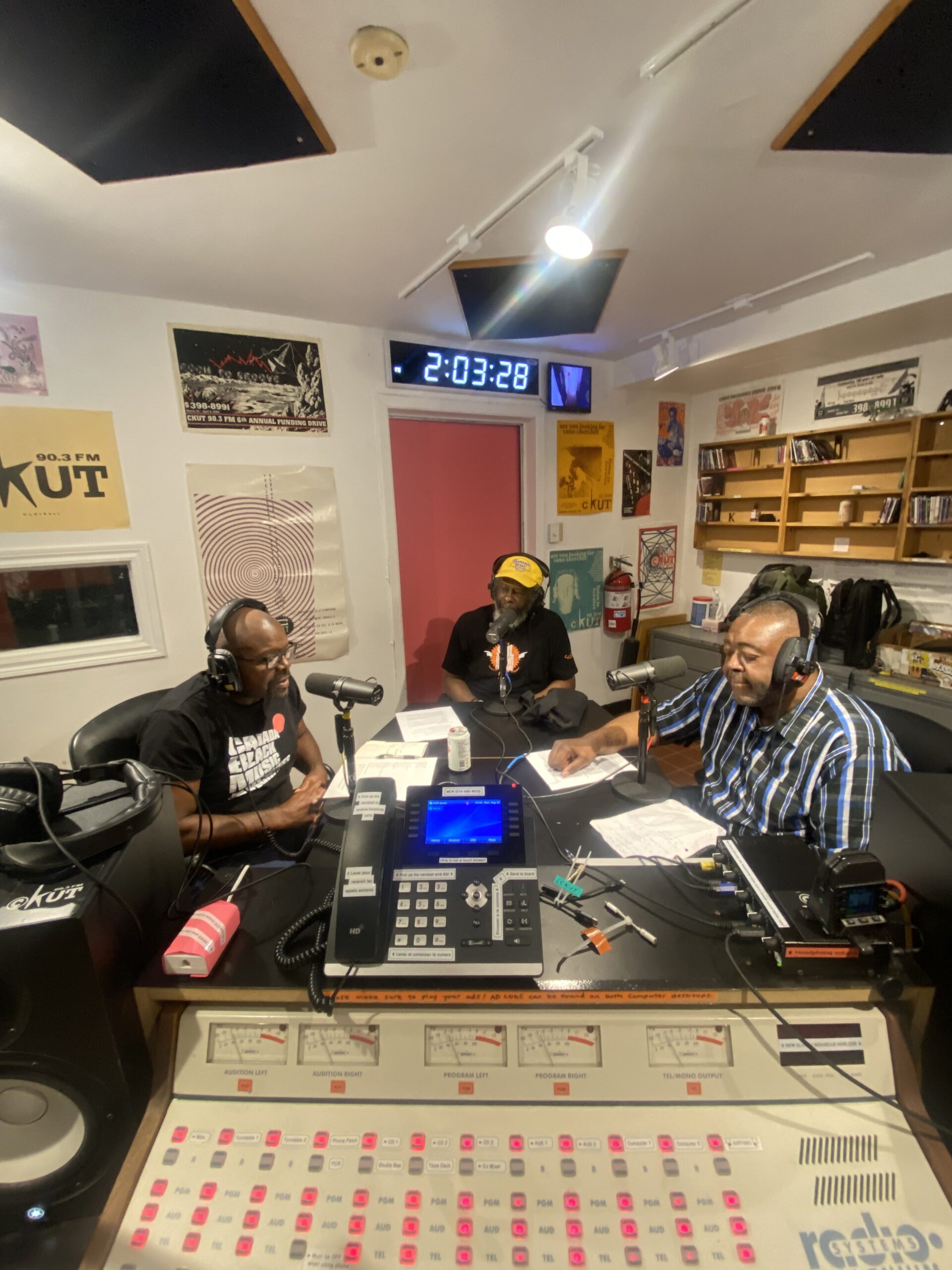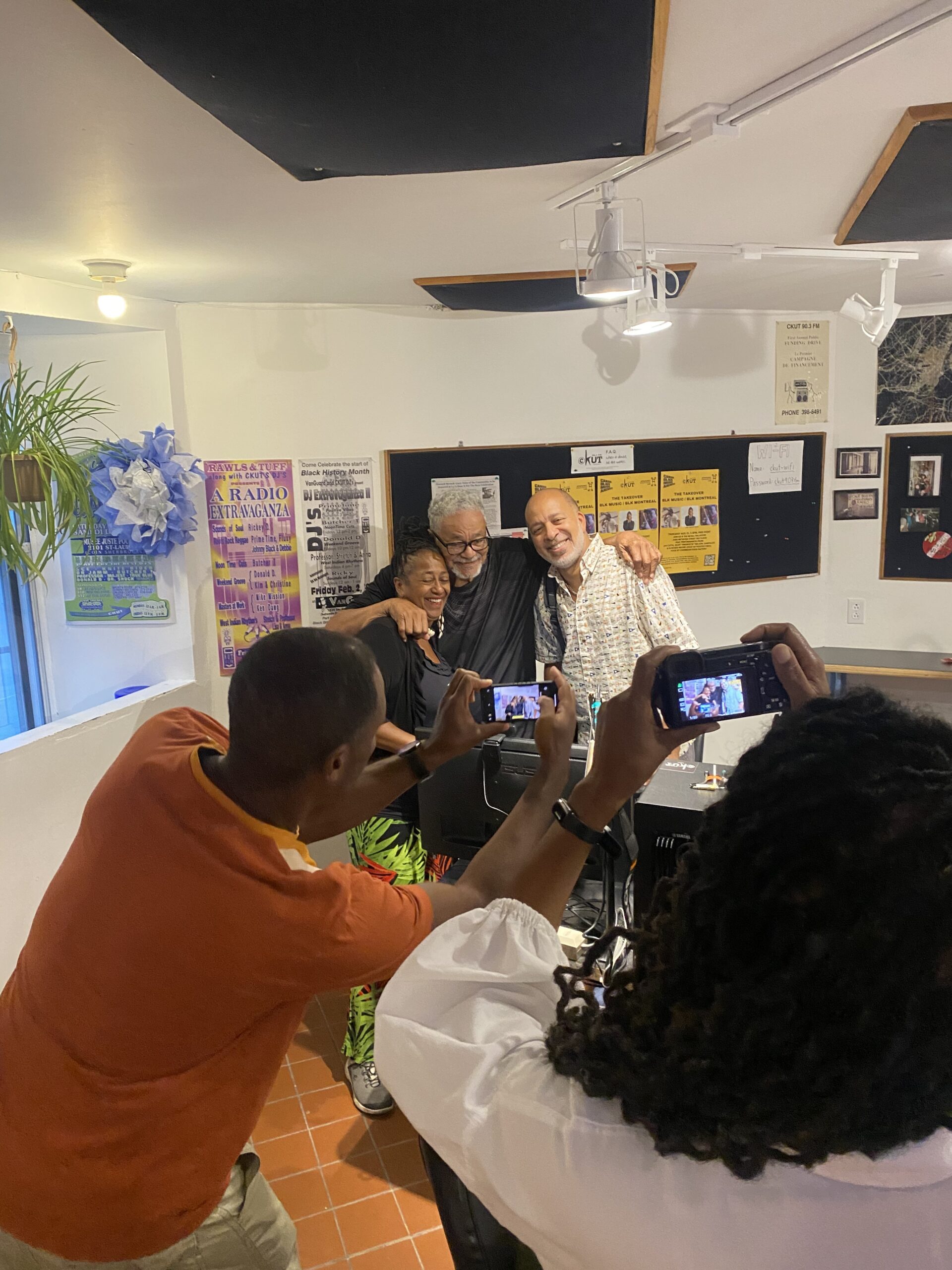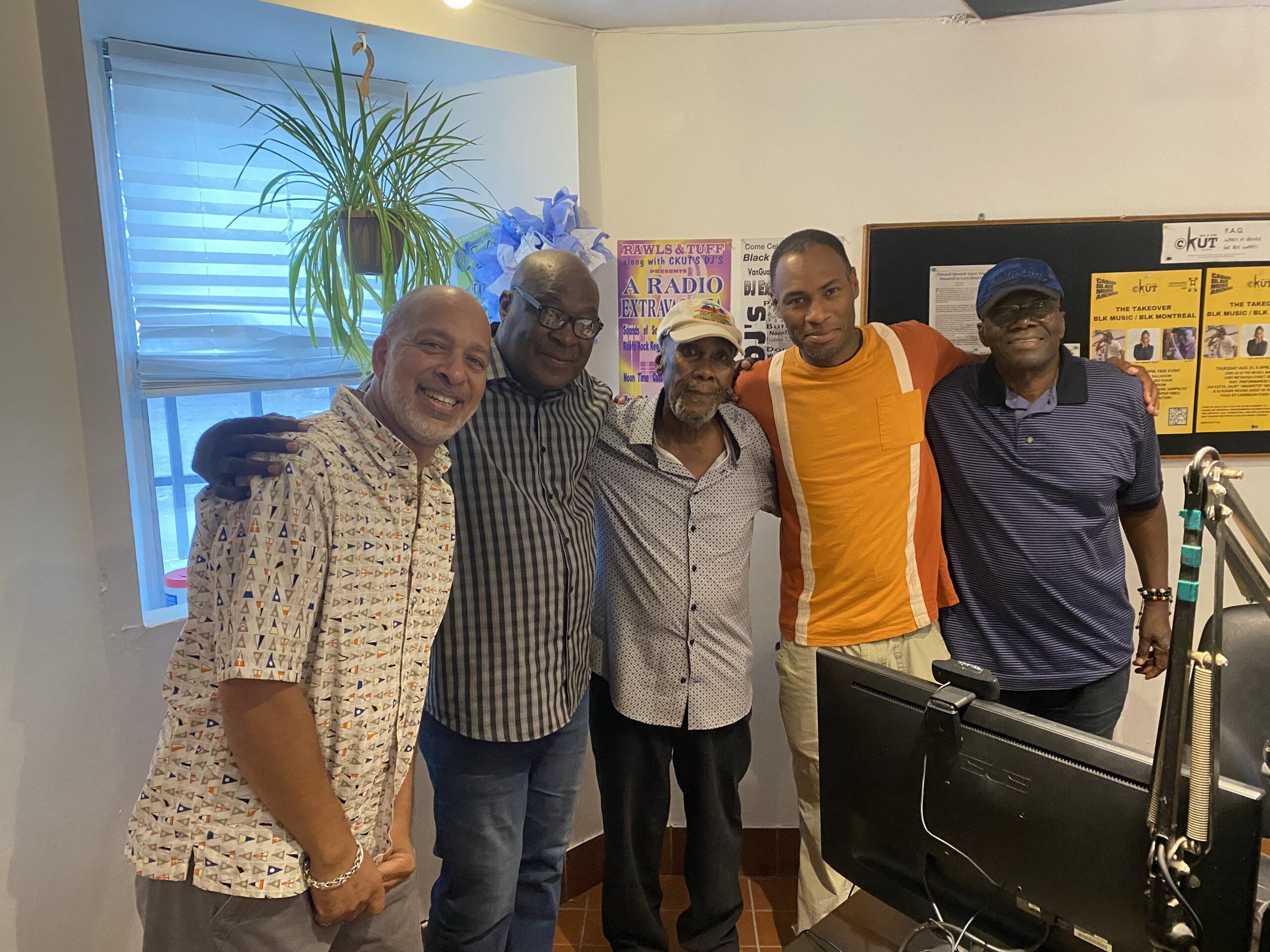Momento Magico: A Conversation with Satoshi Tomiie
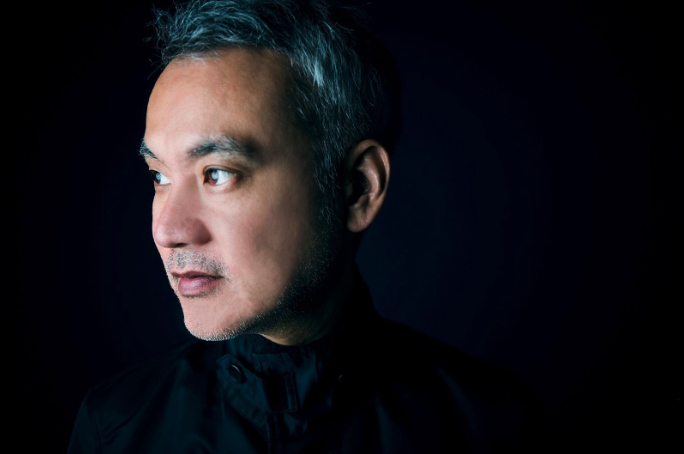
After more than three decades of producing and playing music, Satoshi Tomiie is still finding ways to surprise himself. His love for improvisation seeps into every area of his sonic world, creating synergies and setting him apart. He has kept up a prolific musical output alongside an active touring schedule since the release of his third album in 2015, riding a wave of inspiration that has led to exciting new developments in his dub-inflected sound.
Satoshi brings a DJ’s adaptability and crowd awareness to his live performances. When paired with a seasoned producer’s sense of structure, an unforgettable experience is created. For each of his live sets he selects a different setup to best suit the environment he’s playing in, and for his MUTEK performance on August 23rd, he has decided to operate with zero guardrails.
Satoshi was kind enough to speak with me two weeks before his appearance at MUTEK. During our interview, we spoke about his preparation for the set, his philosophies around performance, and the joy of spontaneous creativity.
Hi Satoshi, how are you? To start off, I was wondering if you could explain the fully improvised Eurorack live setup you’ll be using for MUTEK.
For my Eurorack setup, I normally don’t prepare any music. Before the show, all of my effort is going towards preparing the instruments, engineering the sounds, and rehearsing the performance. I don’t have any preset rhythms beforehand, my sequences are totally empty when I start. The structure of the music is made 100% on the fly.
I chose this live set for MUTEK because I think it’s very appropriate for the concept of the festival. I have a number of different setups and they all lead to a different approach musically, and I like to vary which one I use depending on the setting and my personal inspiration. For example, I played live at Dekmantel a few weeks ago and I was using a setup where I had 30 or so rhythms sequenced ahead of time and was dubbing them live by adding FX and adjusting the volume levels on a mixing board to bring out certain elements in the music. I chose that one because it was a daytime, outdoor set, the vibe was good, and I had a bunch of housey jams with chopped up vocals and crunchy drums. It worked out really well, I had an amazing time playing there.
For me, the first priority is always making the crowd happy and giving them something they want to dance to. But at the same time, I have to entertain myself to entertain them. If anything becomes too routine for me, the experiment is not fresh anymore, and I don’t feel as inspired when I’m performing and preparing. So I like to cycle through a number of different approaches, this allows me to choose the live set that best fits the situation and it keeps everything dynamic.
That also relates to why I want to do my live stuff as improv as possible. This way, every set is different and even for me, it’s a new experience all the time. A very improvised approach also gives me a lot of freedom to adapt. Sometimes I don’t use all the parts I have prepared, because I’ll be watching the crowd and extending a certain section live. I’ll just use some synthesizers, a bass line and a few drums for a long time because they’re liking that.
Do you have an example of a certain moment when you discovered a new way to combine musical elements that really made sense to you?
Well, I’ve been practicing with the Eurorack for around 10 years at this point. Compared to my entire music career, that’s not that long, but it’s still a long time to gain experience and go from zero knowledge to where I am today. And during that time I’ve had a lot of happy accidents where things just happen to come together and it all works nicely. Some of those ideas turn into really useful, relevant things, and others are super cool, but musically they are not very interesting.
I also record lots of moments from the studio that end up going on my Instagram account, these are just videos taken on my phone. But I don’t record those with the intention of being posted, I record them to remember something that worked well. You can’t make presets on the Eurorack and it’s quite tedious to record directly from my setup, so it’s an easy way to document what I’ve done.
How do you make use of the recordings? Do you view them as a sort of recipe book of sound combinations?
For the jams that I end up turning into released tracks, I often record those in one shot or maybe a couple of takes. Normally I don’t listen to it afterward, I’ll just make a super rough mix and then leave it alone for like a month and come back later. And if it still sounds good at that point, it’s safe to say it’s actually good. You know, there’s the heat of the moment where you think everything sounds amazing right when you make it. With some distance, I can make better decisions and sort out what has the most potential.
It’s basically the same approach for the shorter video recordings. I’ll look back a few days later and if it still sounds good, it’s good. So maybe at that point, I’ll share it on social media. To me, this is the right way to use my online presence because it appeals to people who are actually interested in the music. A written explanation of sound is really difficult to understand, but when you hear a 15 second video, you know right away what the music is about.
Why is simplicity important to you, and how does it show up in your musical practice?
I think simplicity makes my music better than trying to be complex. Some little complications work, but most of the time, I prefer to focus on the substance instead of getting too caught up in minor details. For example, my Eurorack setup is definitely not the best in the world, but it works for what I want to do. Because for me, music is not about the tool you’re building, it’s about expression and performance. That’s the most important thing.
I try to make good music and a good groove. I have all these modules in my studio, but obviously I don’t have to use everything all the time. It’s more of a choice and a little bit of a luxury to have this amount of equipment. I have gear that does really interesting things, but it only suits a specific purpose, so it doesn’t get used all that often.
Sometimes, more layers actually make music less interesting. Adding and adding and adding often diminishes the clarity and effectiveness of the initial groove. It’s hard to fight that urge because you want to keep the groove, but adding too much takes away your control and moves things to a totally different place. And once you’re too far from the source, it’s impossible to bring things back to the way they were. It’s kind of like cooking: if you try too hard and put too many fancy ingredients, there are so many flavors that they start to mask each other.
Has improvisation always been at the forefront of your approach? What experiences have inspired you to embrace it?
Before I started DJing, I was playing the piano during my teenage years, and I was really into jazz. I began to DJ a few years later and got into producing electronic music around the same time. Early on, the only way to make music was with hardware synths and drum machines, there was no computer, there were no DAWs like Ableton.
When I first started to make music live, I didn’t have the capability to record the whole thing in one go. I would do it in parts: do a bass line, then make a loop, and so on. This is kind of the conventional way to make electronic music.
Let’s fast forward to around the year 2000 when the DAW was introduced along with other inventions like plugins and soft synths. I was traveling as a DJ and I was quite busy, so I didn’t have time in the studio. So I was like, “Wow, this is the perfect tool for me.” The laptop seemed limited but still, I could start something, maybe develop an idea with these new tools.
And the way it turned out, I was never able to do anything on a computer. For me, the limitless possibility it offers is actually a limitation. When you can do whatever you want, then you don’t know what you want. During the period of 2005 to 2010, I didn’t release many records primarily because my DJ touring schedule was quite busy, but the lack of inspiration on software was also a big factor.
At first I was like “Oh, maybe something’s wrong with me.” Eventually I realized I just didn’t work well with software, I needed the physical interaction with hardware machines, the ability to touch. So I took my machines out of the closet. I had stored all of them, fortunately something had stopped me from deciding to sell them. I played around with it and started making music with hardware again and recording my live jams. Then I was like “Okay, these live jams sound good. Why don’t I turn them into an actual live set and start performing this in front of other people?”
I was curious about your A_A project and how you decided on the constraint of recording all of the tracks in one take. Could you describe what that process feels like?
With A_A, the intention is to go back to the way that we made music in the early days, that’s our inspiration. Nao Gunji, my partner in the A_A project, he’s still living in New York. He was my neighbor, we lived two blocks away from each other. We knew each other over the years, and he actually started doing all the Eurorack stuff before me. He’s into more experimental stuff, especially noise. He showed me some things on the Eurorack, and I was like, “Wow, this is really interesting.” And that got me into Eurorack. He’s not a DJ, but he releases amazing house music under his Dopeus alias. He understands house very well, the attitudes and approach and how to make it interesting.
I was asking him, “Let’s try to combine what I know and what you know,” and things blossomed from there. We didn’t want to just sit in front of Ableton and make each song track by track, so we both agreed it would be better to jam together and record it.
Normally the process of recording a jam starts with a warmup for a few minutes. After that, we’ll jam for 15 minutes or so and cut it down afterward. It’s not about making a track in a formal sense, we’re not really thinking about progressions or planning things out too much. It’s more about the texture, the interactions, and the atmosphere. We’ll listen through and take the best moment, the most interesting six or seven minutes of the jam. And most of the dub stuff is done live during the initial recording. So the editing and mixing down is pretty much the only post-production, just finalizing the track.
One of my favorite things about this process is how much faster it is compared to a typical method. It’s basically jam for 10 minutes, and then your track is done. So you don’t have to make the intro and then the breakdown, etcetera, everything is already there.
When I was writing music on a computer, it wasn’t fun for me. I’d make a loop and then extend the loop on Ableton and start making the arrangement, then I would get stuck reworking things over and over again. And during that time, I would lose my sense of simplicity and after a while, I wouldn’t really like the music that I had in front of me. On the other hand when I’m working quickly, my inspiration can flow freely and I can preserve my momentum.
Do you remember a specific moment when you felt completely in sync with the crowd when you were performing? And what was the context of the moment?
The Dekmantel live performance was like this. Like I said, when I’m jamming and performing live, the structure is not done. If you compare that to playing records, in 16 bars, there’s going to be a breakdown. And after 32 bars, the beat will come back. But with a live set, there’s another degree of challenge and possibility because I don’t need to stay within a certain timing.
When I want to create a breakdown, I have to find a way to communicate to the crowd that the breakdown is coming. I can hint at it by dropping out elements, or bringing other elements to the front of the mix, for example. I also want to indicate how long the breakdown will be. This stuff is always a little bit of a gamble because if you read the crowd wrong, it doesn’t work.
So I guess it’s similar to a DJ set when you have a moment where you really feel the connection to the dancefloor, with a good transition and an exciting crowd reaction. At the Dekmantel performance I really felt that: almost every time I led things into a breakdown, I would get a great reaction from the dance floor. And there were also some fun surprises. I’d be playing something and thinking, “Okay, this is kind of a filler phrase or loop.” And I look up and they’re going nuts. Then I would extend those parts because they’re feeling it. Like you said, it all depends on the context of how they feel. Everything is organically working together.
Unfortunately this doesn’t happen every time. I wish it did, but those magic moments always come when you least expect them. I got lucky to have that amazing crowd, they were so open-minded.
If possible, do you like to play the same festivals multiple times because you have a familiarity with the crowd and environment?
Oh yeah, why not? Sadly that’s not really about me, it’s more a matter of if the festival wants to bring me back. In the case of MUTEK, I’m solo for the upcoming Montréal edition, but I am also doing a collaborative performance at MUTEK Tokyo in November. That one is going to be a trio with Kuniyuki Takahashi and Manami Sakamoto who is a visual designer, blending audio and visuals. It will be the same as my solo performance: all three of us will be improvising. We’re writing everything as we go, so we have no idea what it’s gonna be.
It’s really a mixture between functional and experimental approaches. Kuniyuki’s live performances and the music he produces are house music based. I’m the same, also with some experimental elements that I express through the A_A project. But my roots will always be in house music. This is basically the foundation of everything I’ve built up.
I feel like you’ve found a way to merge your love for house with your early jazz inspiration, focusing on the interaction between musicians and the skill of doing everything on the fly.
Yeah, with performing live, my aim is to be experienced and develop my instincts. It’s applying the philosophy of jazz and the approach of the musicians, but to a different style of music. Think about a great piano player: they are able to just show up on the spot and play something interesting.
Sometimes they play songs, but the main focus is on improv. That’s actually my ultimate goal for the Eurorack live set. Being able to show up, open the case and play. For me, that’s like good jazz: it’s total freedom. You always have the option to react to the crowd and flow with the music. So my practice isn’t about memorizing a routine, it’s much more about training my muscle memory so I can directly translate my impulses into sounds.
Also, when you start to learn jazz, the teacher tells you to remember some phrases that you can use within the improvisation, certain smaller progressions. These are called licks or clichés. And those were invented by great musicians in the past. I like that idea: If it’s a great phrase and you can make it your own, then why not use it? These are the types of things I actually try to remember, parts from other people’s records that I find inspiring.
A bit of memory and a lot of muscle memory is my preparation. I also really hate playing something I’ve composed already, so each set has to be fresh. I have the same mindset with DJing, I don’t play much of my own music because I’ve heard it hundreds of times while I’m producing. And there’s so many tracks I like to play from my friends and other producers, so I don’t feel the urge to play mine.
What does the decision making process feel like when you are immersed in a performance?
Like we discussed earlier, I always err on the side of subtracting or keeping things the same instead of adding a new element. I often feel like the music is missing something, but if I can’t find the right sound to fill that gap, I leave it alone and things tend to sort themselves out. The music tells me what it needs, I just have to listen.
When I’m making a song in the studio, I’m able to let things sit and deliberate on the decision more. But even in that case if I add something, I’ll mute or reduce other parts to preserve the balance of the track.
That’s an interesting dynamic. With a studio recording, you have the chance to leave it alone for a couple months and then come back and be like, “Okay, I actually didn’t need to add anything.” But when you’re in the moment, that decision must be a lot more difficult.
There are more errors, but the show must go on. The crowd is essentially forcing me to make a decision. I don’t have time to find the best phrase in my memory, I just have to come up with something that works. It all comes down to practice and how familiar I am with these situations. The way I rehearse my live sets helps a lot, and the way I write songs also trains my ability to come up with things on the spot. For me, the live sets, my work in the studio, and performing as a DJ, they’re all connected. One can’t exist without the others.
How do you handle mistakes in the process of performing? And do you ever regret things that happen during your live performances?
I definitely make mistakes. Of course it happens sometimes where something feels like a mistake to me, but not to the crowd. And like we said before, those kinds of mistakes become happy accidents. If the crowd really likes it, you just go with it. With experience, I don’t really make “disaster” mistakes anymore, like when I was first playing DJ sets and accidentally lifted the needle on the record that’s currently playing.
With smaller mistakes, there are no right answers, and everyone will interpret my decisions differently. When you’re improvising live, nobody knows where things are going, and that especially applies to the performer. So maybe I had meant to change this part, but I actually touched the wrong knob to change the other part. This is a mistake in my execution, but in the context of the music, maybe it’s not a mistake. It might even be better than what I intended to do, who’s to say? In electronic music, the line between mistake and magic is very blurry.
Interview by Sean Holley
_________________________
Satoshi will be performing at the MÉTROPOLIS 2 event on Saturday August 23rd, you can get your tickets here!
